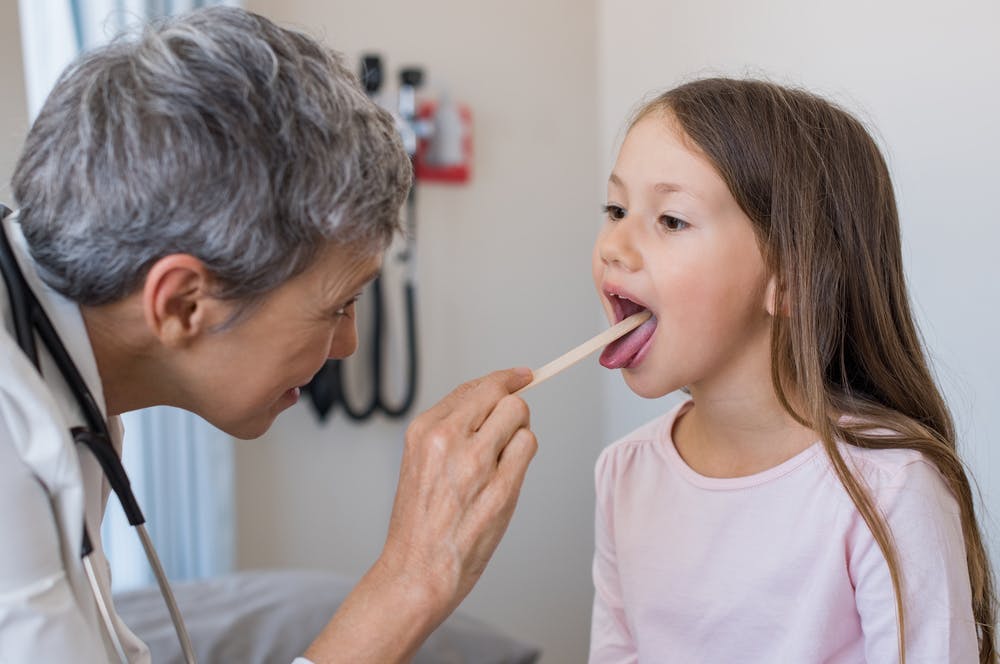What is RSV? Symptoms, diagnosis, and treatment
Respiratory syncytial virus (RSV) is a virus that causes upper and lower respiratory tract infections. Symptoms can be mild, cold-like, or more serious, especially for infants or older adults.
One of the respiratory syncytial virus characteristics is the change in appearance in the lung cells that occurs when there is an RSV infection. The virus is named “syncytial” based on the change in appearance that cells in the respiratory tract undergo when infected by the virus since “syncytial” is a Greek term for a cluster of cells.
This year, it has also been significantly affecting toddlers and older children.
RSV in children
RSV is one of the most common viruses in the world. While it can affect people of all ages, RSV is more common in children ages 24 months old and younger, and it’s more likely to cause serious complications in children who are 12 months and younger.
Most children are exposed to the virus in school or daycare centers due to the proximity of these situations. Children generally get RSV at least once before the age of two.
RSV tends to be more severe in young children because their immune systems are less mature, and their airways are narrower than those of older children and adults. According to the Centers for Disease Control and Prevention (CDC), RSV is the most common cause of pneumonia and bronchiolitis or inflammation of the airways in the lungs.
Treatment for children
If RSV is suspected in a child experiencing significant symptoms, the diagnosis can be confirmed with a nasal swab.
There is no specific cure or treatment for RSV in children. In otherwise healthy patients, the infection resolves on its own within one to two weeks. Patients with significant symptoms can be treated with cough suppressants, nebulizer treatments, oxygen supplementation, and medications for pain and fever.
RSV in adults
RSV symptoms in adults are similar to RSV symptoms in children, but most healthy adults will only experience mild symptoms and typically recover within a week or two.
However, some adults could be at risk of complications — particularly those over the age of 65 or immunocompromised. RSV can lead to worsening respiratory conditions like asthma, congestive heart failure, and chronic obstructive pulmonary disease. The CDC estimates that over 100,000 adults are hospitalized, and up to 10,000 adults die from RSV annually.
Treatment for adults
Since RSV is typically mild for adults, many can recover with rest, hydration, and over-the-counter medications. If symptoms worsen, such as you are experiencing shortness of breath or sickness for longer than two weeks, it is important to seek medical attention.
Symptoms of RSV
What are the symptoms of RSV? Respiratory syncytial virus symptoms are similar to those of a common cold. RSV may cause a stuffy nose, dry cough, low-grade fever, sore throat, decreased appetite, and mild headaches.
RSV can be more severe in younger children and patients with underlying respiratory diseases or compromised immune systems. RSV symptoms in children or high-risk adults can include wheezing, fever, low oxygen saturation, respiratory distress, and dehydration.
If respiratory problems become severe, particularly in infants or younger children, they may require emergency medical care. If your child has RSV, look for signs of difficulty breathing or dehydration.
Is RSV contagious?
Similar to other respiratory viruses, RSV is contagious. It circulates primarily during the fall or winter, along with the flu.
RSV spreads when you have direct contact with someone infected with the virus. Infection is likely to occur when virus droplets get in your eyes, nose, or mouth from people coughing or sneezing. Most people are contagious for three to eight days and can be contagious a few days before they show any symptoms.
Since RSV is spread through droplets, you can also get it from touching infected surfaces. It can survive for several hours on hard surfaces.
Diagnosis
Viral testing will, for the most part, not be needed as it will not change the treatment required to manage RSV symptoms, as all treatment involves addressing and minimizing the symptoms. If there is a need to test, the healthcare provider may request a nasal swab to check for RSV or other circulating respiratory viruses.
If complications arise and hospitalization is required, additional tests like chest X-rays, urine tests, or blood tests might be necessary.
Tips for prevention
Preventing RSV infection requires similar precautions as other respiratory illnesses. These include:
- Avoid close contact with people who have RSV.
- Avoid touching your eyes, nose, and mouth.
- Avoid sharing cups or utensils.
- Clean and disinfect surfaces frequently, particularly those that are touched often.
- Cover your mouth with a tissue or your elbow when sneezing or coughing.
- Do not sneeze or cough into your hand.
- Eat a healthy diet with plenty of fruits and vegetables.
- Get enough sleep.
- Stay home if you are sick, and keep your children home from daycare if they are ill.
- Wash your hands often with soap and water, or use hand sanitizer if washing is not possible.
While you can’t always prevent infection, staying healthy during the fall and winter is the best way to support your immune system if you get sick.
Health risks associated with RSV
RSV infection rates typically peak during cold and flu season in the U.S., with most infections occurring in January and February each year. For most adults, RSV is simply a cold or mild flu.
However, there are some health risks associated with RSV, particularly for older adults and children under two years old. For groups at high risk of complications, it can cause pneumonia and bronchiolitis, or inflammation of the lungs. These illnesses can lead to more severe health conditions that could require hospitalization, supplemental oxygen, or IV fluids for dehydration.
RSV FAQs
Here are some frequently asked questions about RSV:
How long does RSV last?
For most adults, symptoms of RSV are mild and typically last two to eight days.
How long does RSV last in kids?
Some children may remain sick for up to two weeks with RSV but should fully recover after two weeks.
How long are you contagious with RSV?
Most people are contagious with RSV for the first three to eight days and could be contagious a few days before they show any symptoms.
Can urgent care test for RSV?
Yes, we can test for RSV at our urgent care centers, but typically, treatment requires addressing symptoms and does not require testing for a specific virus.
How long does RSV last on surfaces?
RSV can live on nonporous surfaces, such as door handles or countertops, for between three and 30 hours.
Is RSV disease seasonal?
RSV is seasonal. It typically starts in the fall and peaks in the winter months, but the exact timing can depend on the year.
Visit urgent care for RSV treatment
There could be several respiratory viruses going around this fall and winter, and it is possible to come down with multiple viruses at once. As we move into flu season, COVID-19 also continues to circulate. People may get infected with RSV, COVID-19, and the flu at the same time, which could make symptoms more severe.
Visit one of the urgent care locations to diagnose and treat respiratory illnesses. We’re open seven days a week, offering same-day care for illnesses and injuries for patients of all ages. Just walk in, save your spot online, or schedule a virtual visit at a center near you. We are here to help the entire family feel better this RSV season.
Written by Sarah Thebarge, Physician Assistant


